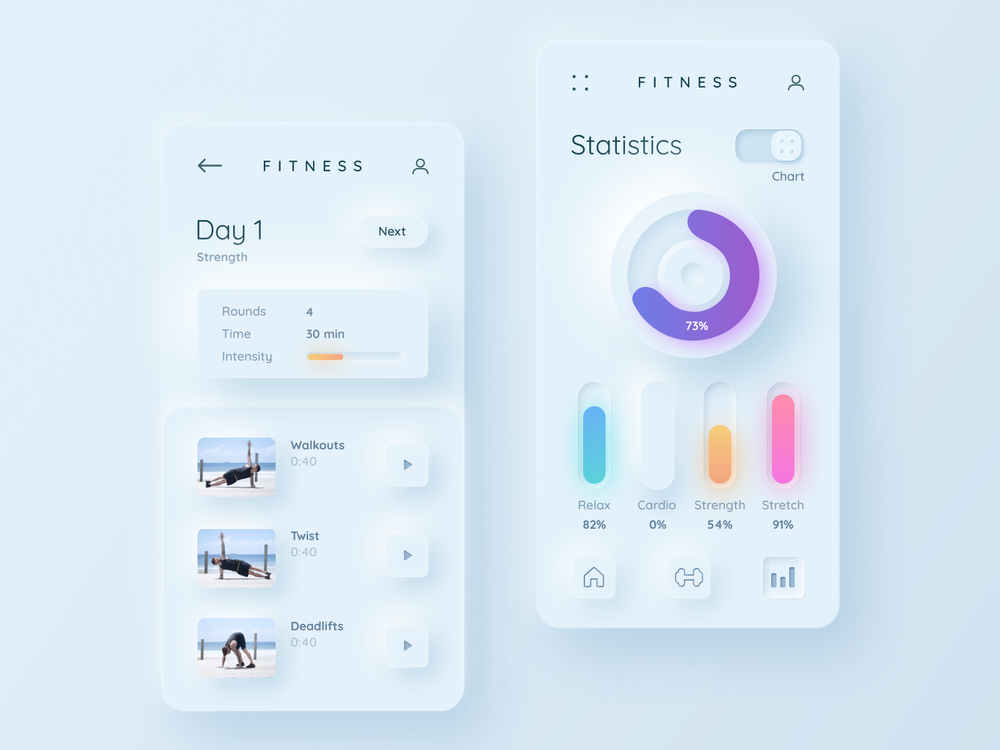Metaverse and AR/VR – the 3D Spatial Design
Forget the UI that only happens on-screen. Now you must focus more on interactions that in 2022 will not only bring together the physical and the digital world but will also take user experience to an entirely new level. By now, you must have heard the term “metaverse” a thousand times. But before Mark Zuckerberg used it for his project, “metaverse” was first coined in the 1992 dystopian sci-fi book “Snow Crash” by Neal Stephenson. In the novel, it refers to a virtual space that blends the physical and the digital, offering a new cyber-punk reality and dimension for socializing, escapism, maintaining a virtual existence through avatars, and simply being.
Likewise, the “embodied internet” as Zuckerberg describes it, is gearing people up for a digital experience of the future that will change how people connect, socialize, get business done, work, and live through augmented and virtual reality.
What does this rising trend mean?
Virtual and Augmented Reality are not something new to companies, designers, and users. However, the means through which they are now being implemented and the purposes for which they are being applied set a revolutionary and immersive manifestation for people, experiences and businesses. Things with VR and AR are not too far from shifting from “being something cool” to “being a norm” in people’s lives and the ways they handle the serious and the fun matters of the existentialist basics - work, communication, interaction, shopping, and living.
The Covid19 pandemic reminds us that the physical realm is changing and the world is becoming extremely digitally oriented with people, life, practices, and experiences moving online. If seen through the perspective of opportunities, such events open many doors for UX/UI design but also require a shift in tools and methods. Constructing a space of the real and the unreal, the new metaverse trend urges you to focus more on using AI, 3D graphics, blockchain technologies, user behavior analysis. And this type of virtual connectiveness in design is based on:
- Detailed and fast process information.
- Decentralized but synchronized online reality that can be accessed on multiple platforms anytime anywhere.
- Changes even in terms of how UX writing is being done, this time with AI in mind rather than SEO metrics.
- Transparent but more secure web environment and connected virtual experiences.
As of 2022, the world of design should anticipate a wave of innovations that use Augmented Reality and 3D. More businesses and fields like e-commerce sites, museums, supermarkets, medical institutions are expected to embrace this new trend. From 3D logos or texts to online museum visits that allow access to people anywhere in the world with the use of VR goggles and local apps – the possibilities for AR and VR implementations in UI and UX design are countless.
